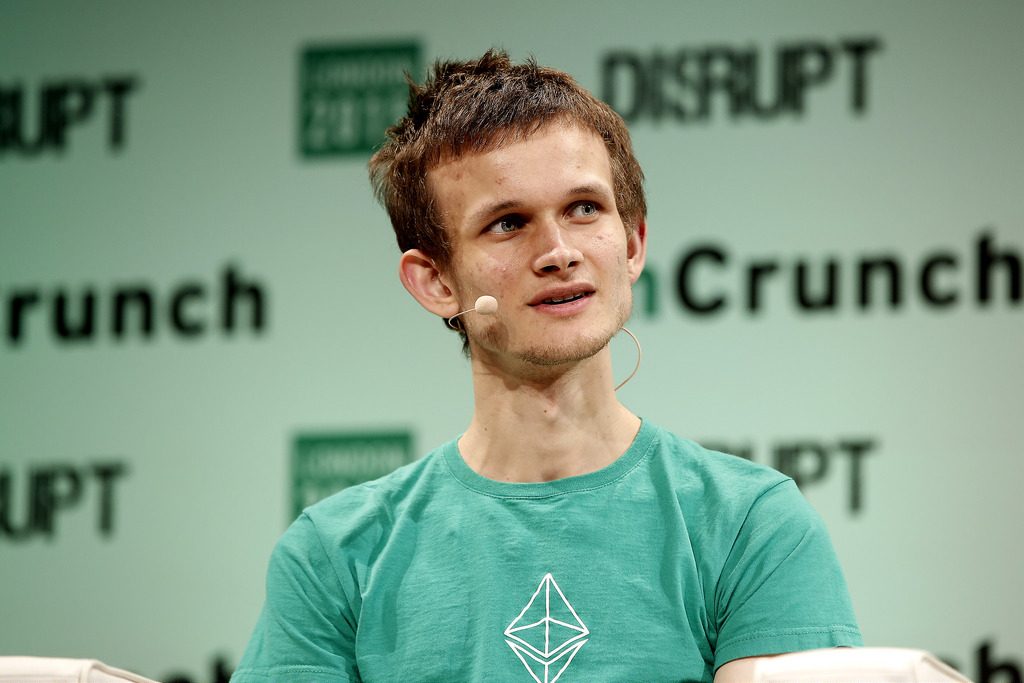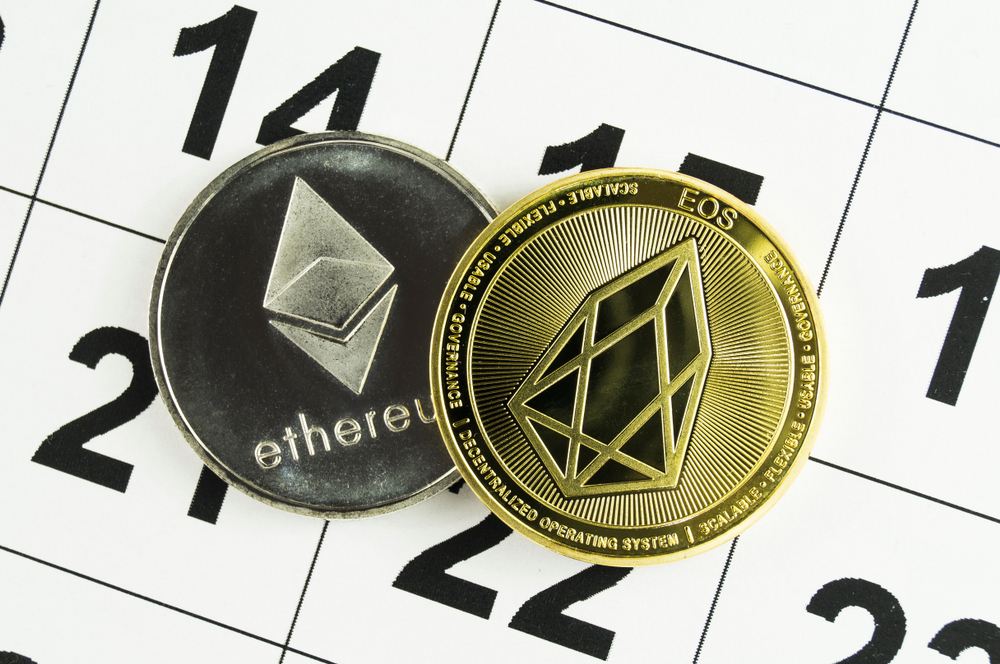Watch: Ethereum Creator Says Crypto Projects Like EOS & Tron are ‘Centralized Piles of Trash’

Vitalik Buterin threw some serious shade at cryptocurrency projects that boast a higher transaction capacity than Ethereum. | Source: TechCrunch/Flickr
At a recent cryptocurrency conference, Vitalik Buterin answered a question about whether an Ethereum upgrade would have “any transaction throughput goals.” Buterin took the opportunity to cast shade on Ethereum alternatives like EOS, NEO, and Tron.
Ethereum Pioneer Throws Serious Shade at ‘Centralized’ Crypto Networks
Buterin says:
“So I’ve noticed a lot of misconceptions here. Because, like, there’s a lot of like, honestly, bad crypto projects that try to claim. ‘Oh, because we use fancy BFT, we can do 5,000 transactions per second and proof-of-work can only do 15.’”
Buterin argues that consensus is the important thing when talking about the ability of a blockchain to process transactions. He continues:
“There’s a lot of horrible misconceptions inside that. Because the purpose of a consensus algorithm is not to make a blockchain fast. The purpose of a consensus algorithm is to keep a blockchain safe. […][W]ith the way proof-of-work works, it becomes unsafe if computers spend more than maybe 10% of the time actually mining and verifying blocks. […] Bitcoin-NG or things like the various forms of proof-of-stake, it could potentially be safe if you go higher than 10%. But the difference is still very small.”
Shots Fired: Other Smart Contract Platforms Are ‘Centralized Piles of Trash’

The Ethereum co-creator then disparages blockchains that have made significantly more aggressive claims as to their transaction volume potential, saying:
“When a blockchain project claims ‘We can do 3,500 TPS because we have a different algorithm,’ what we really mean is ‘We are a centralized pile of trash because we only have 7 nodes running the entire thing.’”
The last bit seems specific to NEO, who actually have 7 consensus nodes running . While NEO is a blockchain platform for smart contracts, its very intention is quite different from that of Ethereum. It is not intended to be “the world’s computer” in the same way that Ethereum is. It is not mineable and does not have a mechanism for generating new coins.
After some applause, Buterin then says there are “good, legitimate ways to make a blockchain fast.” He doesn’t use this as an opportunity to soften the blow to alternative platforms, however. Instead, he doubles-down, saying that the best ways to make a blockchain fast are layer one and layer two scaling solutions for Bitcoin and Ethereum.
Buterin says one issue that Ethereum can address is latency – the time it takes to get consensus on the network. Ethereum can get from needing to wait “one minute for a medium degree of safety” to instead needing to wait six seconds.
Ethereum scaling became a hot-button topic during the ICO boom of 2017 and early 2018. Transaction fees and delays skyrocketed during various ICOs. The question of whether the Ethereum network could actually handle the increased volume of transactions as a result of ICOs was raised repeatedly, leading to various scaling solutions, including some powered by ERC-20 tokens like Raiden, being developed.
Vitalik Buterin Image from TechCrunch/Flickr